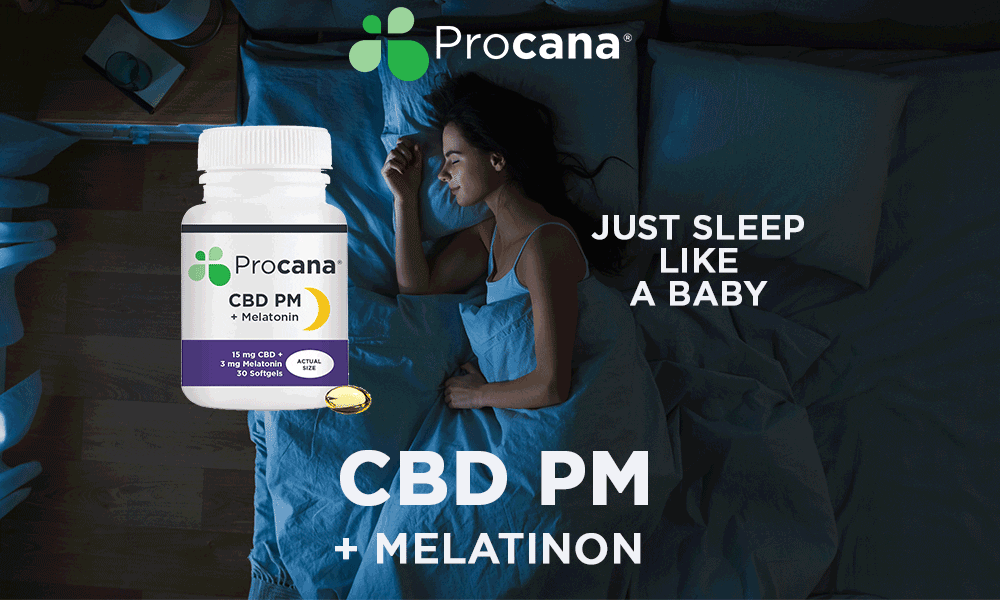Terpenes and cannabinoids both are abundant in the cannabis plant. Many people confuse them with each other or don’t know much about them. Actually, both are different and have different effects on the human body. So this article is all about cannabinoids and terpenes. Let’s explore how both compounds are different and how they affect the body.
What Are Cannabinoids?
Cannabinoids are large molecules and are present in cannabis plants. There are more than 100 other cannabinoids present in the cannabis plant alone. The most famous cannabinoids are the following:
It is one of the primary and best-known cannabinoids. It is known for its psychoactive effects. It mimics the anandamide binds to the endocannabinoid receptors and alters their functions.
CBD doesn’t need any introduction. Nowadays, it is the most famous cannabinoid. Countless products have CBD as the main ingredient. It doesn’t produce an intoxicating effect and different studies and research evidence show its health benefits.
This up-and-comer is considered to be the mother of all cannabinoids. CBG is converted into CBD, THC, or CBC depending upon the strain and other conditions. It is the baseline chemical for all cannabinoids to form.
CBN has strong sedative properties. It is known as a metabolite cannabinoid. CBN forms due to the aging and breakdown of THC. Usually, overripe cannabis plants have CBN.
What Are Terpenes?
Terpenes are tiny molecules and are present in different plants. Terpenes give oranges and lemons a citrusy aroma. The uniqueness of pine and the relaxing aroma of lavender are also due to terpenes. So these chemical compounds determine how things smell. Manufacturers use isolated terpenes to create perfumes and other aromatic products. Terpenes play an important role in plants, such as attracting the beneficial pollinating insects and repelling the predatory ones. Currently, there are more than twenty-thousand terpenes, and more than 100 are present in the cannabis plant. Terpenes are almost present in every plant, but somehow they are abundant in cannabis plants. Some famous terpenes are following:
- Myrcene
Myrcene is one of the primary terpenes present in the cannabis plant. It is also found in mangoes. A percentage of Myrcene helps decide whether the cannabis strain is Sativa or Indica. Plants with more than 0.5 percent myrcene are said to be Indica.
- Limonene
Limonene is one of the abundant terpenes present in the cannabis plant. It has a citrusy smell and anti-inflammatory effects.
- Linalool
Terpenes linalool is present in lavender and responsible for its calming effects.
- Caryophyllene
These terpenes have a woody and spicy scent. Mostly present in black pepper and cinnamon. It has the ability to bind the endocannabinoid system.
- Humulene
It is present in cloves and basil. It has a harsh and spicy flavor. It also has antibacterial properties. According to a study, humulene may have the potential to prevent allergies and asthma.
How Do Cannabinoids Work?
Humans have an endocannabinoid system. This system is involved in regulating various functions such as sleep, hunger, moods, etc. Two crucial endocannabinoids are 2-AG and anandamide. Endocannabinoids can bind to any one of the receptors. They produce different effects depending on the location of the receptor. On the other hand, cannabinoids in cannabis plants can interact with the system differently. For example, THC binds to CB1 and CB2 receptors to produce powerful intoxicating effects. CBD doesn’t bind to these receptors but affects your moods.
How Do Terpenes Work?
A vast array of distinctive flavors and strong scents in cannabis is due to terpenes. Terpenes are usually bioactive, so that they may affect the human body. Terpenes can’t bind to endocannabinoid receptors. They can help to relieve tension and elevate your mood; that’s why terpenes are part of many essential oils and are used in alternative medicines and therapies.
According to a study, Limonene (terpenes) has a great future in healthcare and disease management.
Moreover, terpenes can alter the effects of CBD and THC in the body. According to different studies, CBD, terpenes, and other cannabinoids are more effective when working in synergy. This is also known as an entourage effect. According to a review, epilepsy patients who took the CBD enriched extract (with all cannabinoids and terpenes included) showed more positive results as compared to those who took the pure CBD.
Some Frequently Asked Questions?
Q. Are Cannabinoids Better Than Terpenes?
It’s impossible to choose cannabinoids over terpenes or terpenes over cannabinoids. Both are different chemical compounds. Terpenes are aromatic compounds and do not affect the endocannabinoid system. Cannabinoids and terpenes are better together. Both compounds are effective when they work in synergy. That’s why many sellers try to offer full-spectrum CBD products.
Q. Are Terpenes And Terpenoids The Same?
Terpenes and terpenoids are not the same. In simple words, terpenes are the natural form of these compounds when they are in the living plant while terpenoids are the oxidized form of terpenes.
Q. What Is The Legal Status Of Terpenes And Cannabinoids?
Terpenes are legal, and they were never part of the restricted substance list in the USA. On the other hand, most cannabinoids such as CBD, CBG, CBN, and CBL are legal (to some extent) except delta-9 THC. Delta-8 THC is also prohibited in some states. Delta-9 THC is a restricted substance due to its intoxicating effects. In fact, all cannabis-derived products having more than 0.3 percent THC are illegal. Go through your state’s law to stay on the safer side.
Wrapping up the Things
Terpenes and cannabinoids are both present in the cannabis plant. Both have different effects and benefits. Cannabinoids can interact with the endocannabinoid system, while terpenes affect the body in a different manner. Terpenes also give a unique aroma and flavors to the plants. Moreover, both terpenes and cannabinoids can help to elevate mood and energy. So there is a high need to understand the therapeutic and medicinal uses of both terpenes and cannabinoids. More human studies and clinical trials are necessary to unveil the true potential of both compounds.






